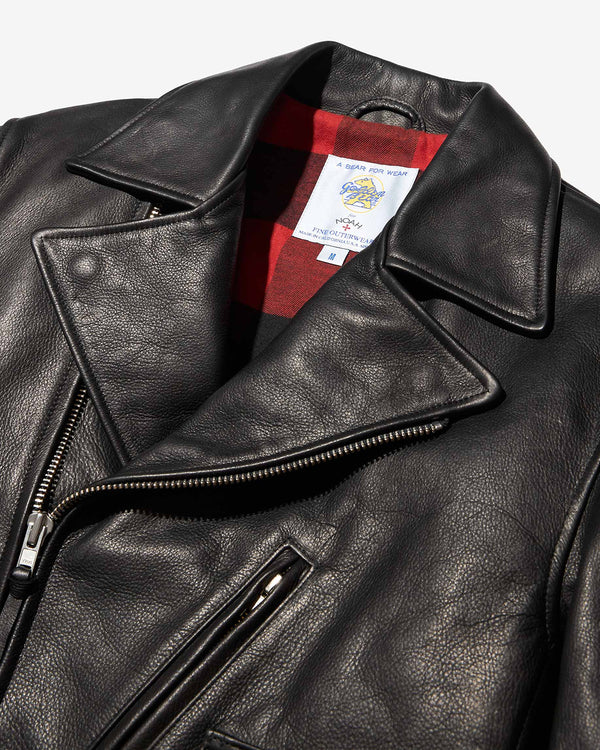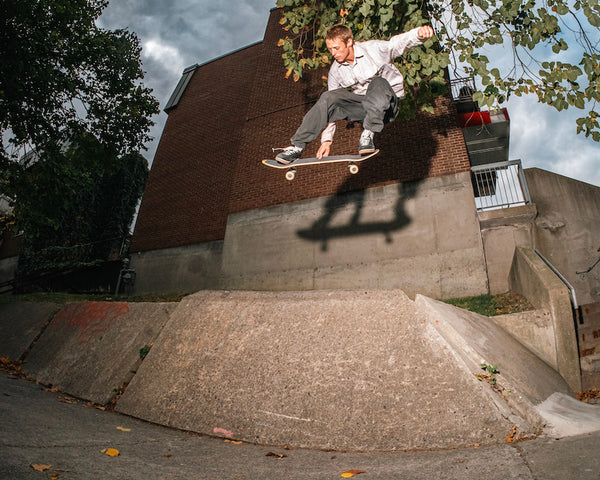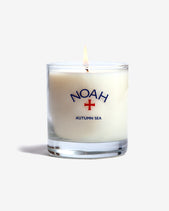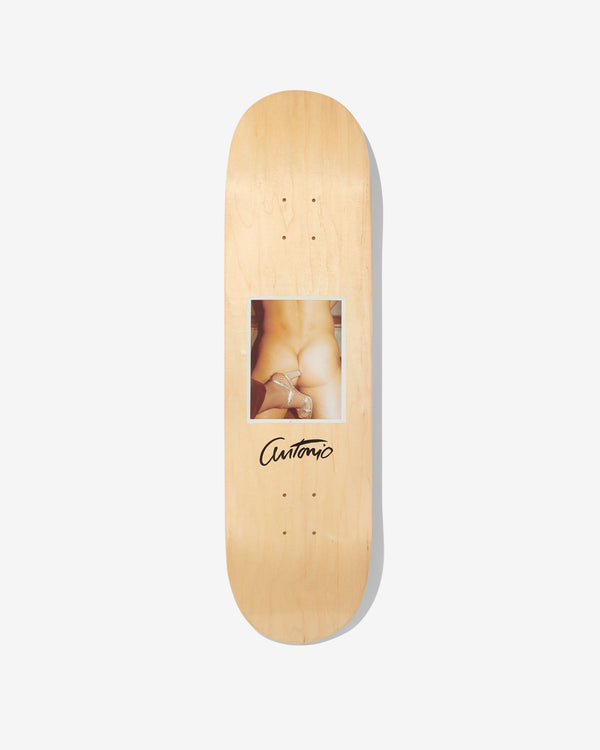

Antonio Lopez
In the dynamic landscape of American art and fashion, Antonio Lopez is revered as a true arbiter of style. Working throughout the 60s, 70s, and 80s in New York, Paris, Tokyo, and beyond, his artistic partnership with Juan Ramos revolutionized fashion illustration, photography, and publishing to help reshape visual culture for generations to come. (Above) Antonio Lopez in his studio at 31 Union Square West drawing the shoe series with Nancy Lucas, 1978.

Antonio Lopez ( left ) and Juan Ramos drawing LaForet, 1977. Photo by Bill Cunningham.

"Love Isn't," Harper's Bazaar, 1968.
Unlike their predecessors, who adhered to traditional norms and standards, Lopez and Ramos embraced experimentation and infused their art with a sense of vitality and youth that resonated with an audience on the cusp of a counterculture revolution. The pair became a fixture of Manhattan’s art and fashion scene, dancing at Electric Circus, hanging out at the Bethesda Fountain in Central Park, and spending late nights at Max’s Kansas City.
As the sexual and gay liberation movements blossomed, so too did their career and visibility, always working at the very edge of the avant garde. In the late 1960s Antonio and Juan moved to Paris where their career took on a meteoric rise and global recognition, with a growing client list including some of the more prominent fashion houses of the day: Yves Saint Laurent, Missoni, Norma Kamali, and more.
Antonio was born in Puerto Rico in 1943 and moved to New York City with his family as a child. After demonstrating an adeptness for the arts, he enrolled at the Fashion Institute of Technology to study illustration; it was there that he met Juan Ramos, a fellow Nuyorican, who became his lifelong collaborator. The duo soon dropped out of FIT in order to pursue their professional interests and lived together in an apartment on 13th street between 6th and 7th Avenue, where they began to work for clients including Women’s Wear Daily and The New York Times.
As a creative team, their working methods were unique. Antonio was the genius draftsman, the virtuosic hand that brought their vision to paper, while Juan’s role in the art making was more hidden and therefore more difficult to define. In an editorial context, he could be deemed the “creative director,” however, he contributed to countless finished works imbuing them with his sophisticated sense of color and precision. Together they worked under the singular signature of “Antonio,” with a growing client list that included Harper’s Bazaar, Elle Magazine, Saks Fifth Avenue, and Bloomingdales.

"Love Isn't," Harper's Bazaar, 1968.

Antonio Lopez ( left ) and Juan Ramos drawing for LaForet, 1977. Photo by Bill Cunningham.

Saint Laurent Rive Gauche, Suzanne von Aichinger, 1984

Norma Kamali, models unknown, 1985

MIssoni, Jane Thorvaldson and unknown model, 1984

Bathtub Series: Pat Cleveland. Paris, 1975.

Jerry Hall. Puerto Rico, 1975.
In addition to their illustration work, they began to explore product and fashion design, creating hundreds of unrealized conceptual clothing and accessories, and Antonio discovered the Kodak Instamatic, with his love of photography finally taking hold, and capturing the creative milieu around him: Grace Jones, Pat Cleveland, Jerry Hall, Tina Chow, Karl Lagerfeld, among many others, were featured in his often tightly cropped portraits that he and Juan would compose into 3 x 3 grids.

Jerry Hall. Puerto Rico, 1975.

Bathtub Series: Pat Cleveland. Paris, 1975.

Grace Jones at 876 Broadway NYC, 1976.
In 1975, Antonio and Juan returned to New York City and set up a studio on Broadway and 18th street next to Andy Warhol’s Factory, before moving to a giant live/work space on Union Square West. Throughout this period and into the 1980s, New York City’s vibrant street culture became an even more pronounced influence, and amidst the burgeoning hip-hop movement, Lopez found himself captivated by the fluid movement of the breakdancers who transformed sidewalks and subway platforms into impromptu dance floors. Antonio and Juan became friends with the Rock Steady Crew, which was co-founded by fellow Puerto Rican, Richard “crazy legs” Colón, and they would often have them over to the studio to pose, taking inspiration from the pop and lock movement of the dancers and incorporating it into their visual inspiration.

Casting call with breakers. 31 Union Square studio NYC, 1983.

Top: Anonymous Rock Steady Crew breakdancer. NYC, 1983.
Bottom: Breakdancer Mr. Freeze at 31 Union Square West Studio NYC, c. 1982.

Antonio died from complications related to AIDS in 1987 at the age of 44, but left behind a body of work that traced a monumental cultural and artistic shift in American culture. From left to right: Donna Jordan, Antonio Lopez, Pat Cleveland, St. Tropez, 1970. Photo by Juan Ramos.
















